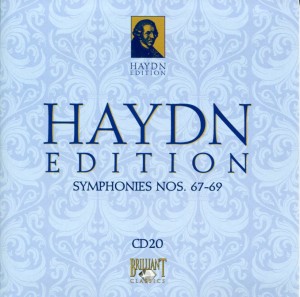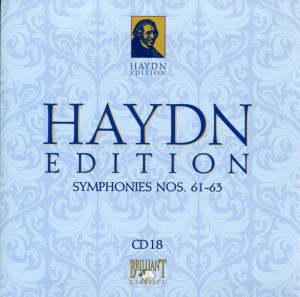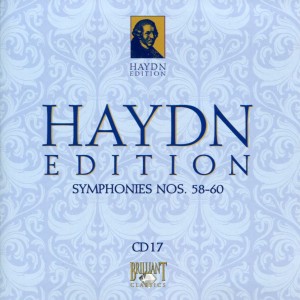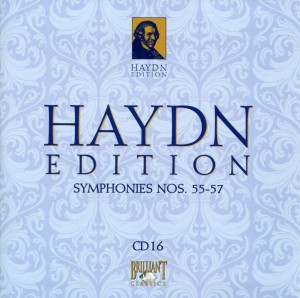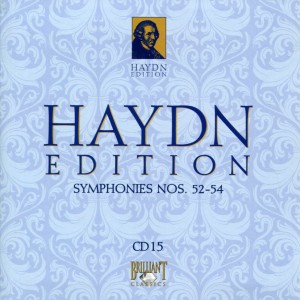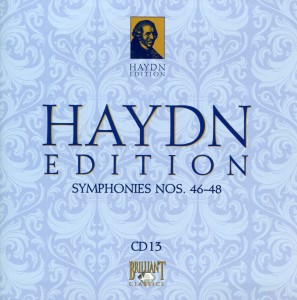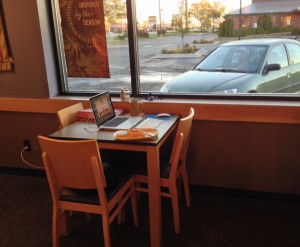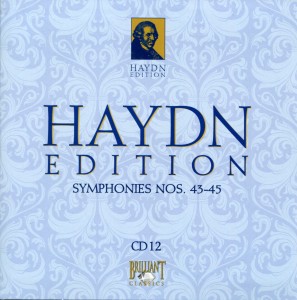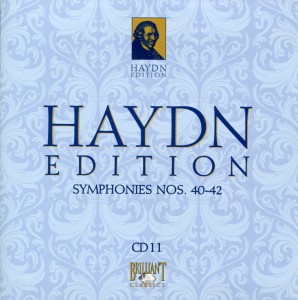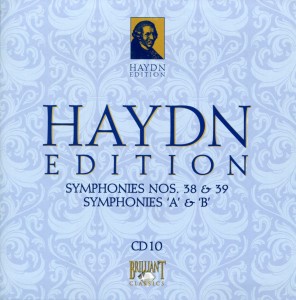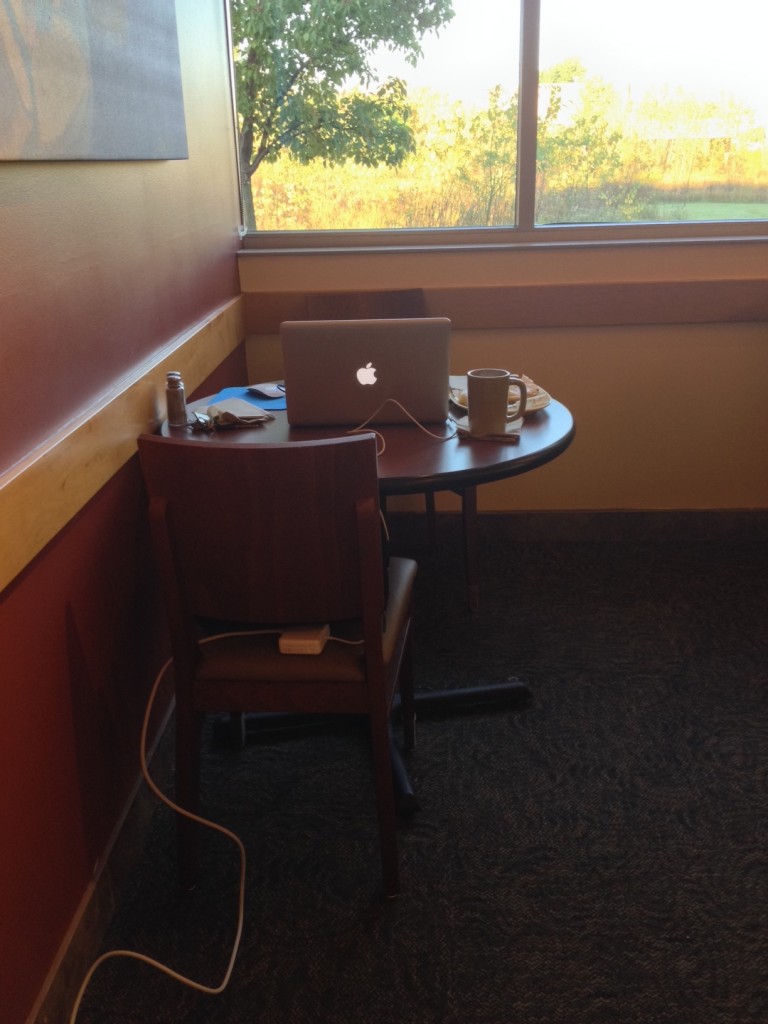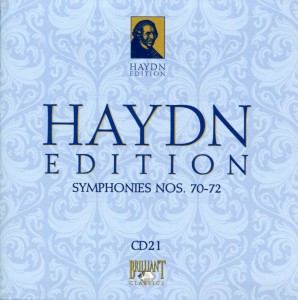 You know the old saying that times flies when you’re having fun?
You know the old saying that times flies when you’re having fun?
Well, it’s not true.
Time flies whether you’re having fun or not, usually when you’re busy as hell and it becomes, as the late MacDonald Carey used to say at the start of each Days of Our Lives episode, “like sands through the hourglass.”
The older we get, the more those sands fall to the bottom of said hourglass.
I type that because three weeks have already passed since I started this three-year project. I have no idea where those 21 days went. Tell you what, though, if I could stick my finger in that little narrow tube between the top of the hourglass and its bottom I most definitely would. (Hmm, the words “stick my finger in” and “its bottom” in the same sentence don’t necessarily enhance the appeal of this morning’s Asiago bagel. But you know what I mean. )
Symphony No. 70 in D is another delightful composition, one that grabbed me from Continue reading

